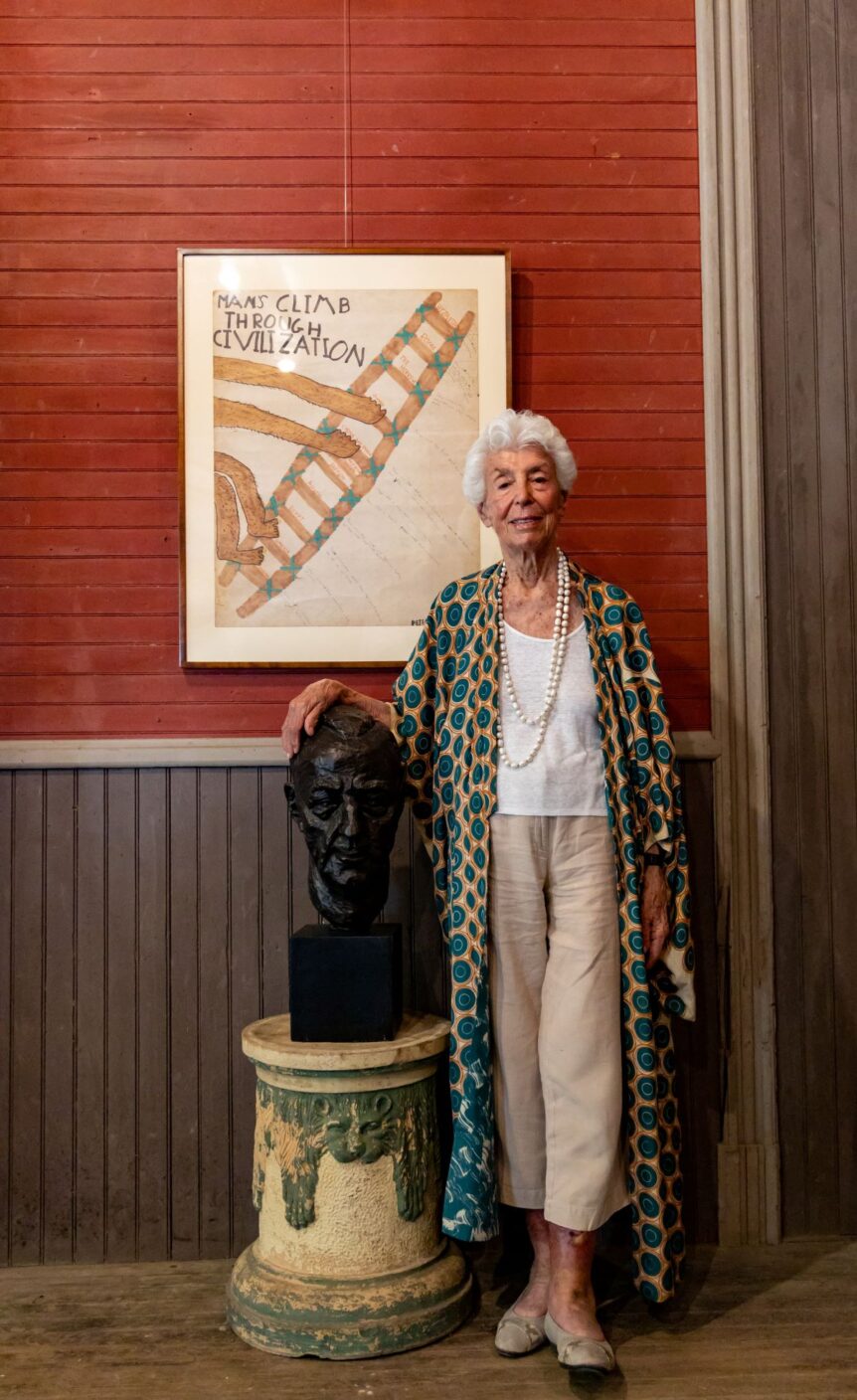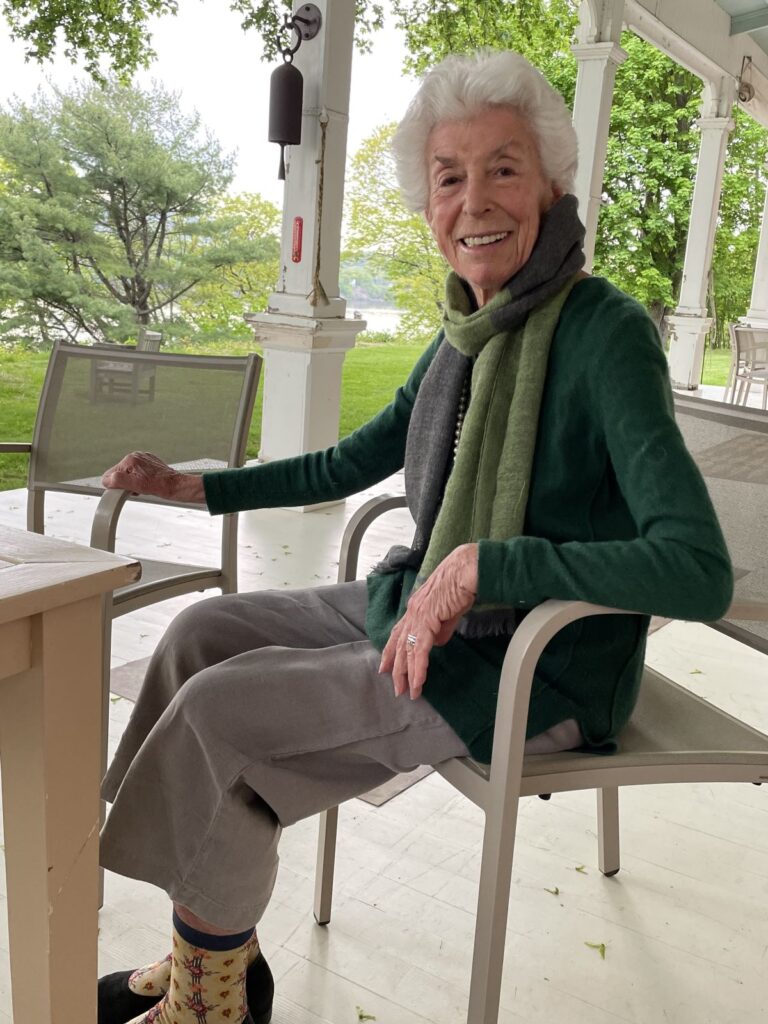
The brick building at 518 Warren Street, Hudson, New York, is simple, quiet, and respectable. A small white sign hangs from an iron rod, bearing a single word: “Furthermore.” This plain sign is all there is to inform passersby of the organization that conducts its affairs within. For the last twenty-eight years, this facade has sheltered Furthermore, a program founded by Joan Kaplan Davidson that supports the publication of nonfiction books in the arts, on history, and on the natural and built environment. With its help, hundreds of works of great and lasting cultural worth have been given life.

There are many things that could act as a monument to Davidson, but in the world of antiques, few compare to Hudson’s Warren Street itself—the bustling historic thoroughfare that is one of the finest destinations for antiques and vintage design and art in the country. My grandmother played an integral role in the revival of the street, with its array of nineteenth-century buildings in styles that range from neoclassical to Italianate to Queen Anne. In 1996 she was one of the founders of the Historic Hudson preservation organization and she spoke at its inaugural event. It was there that photographer Lynn Davis exhibited her Warren Street Project for the first time, which helped galvanize the movement to save the city’s historic architecture and crystalize a vision of what Hudson could be. In many ways, the Warren Street we know today was born—or perhaps had its christening—that day. For much of my life, the task to resurrect Warren Street seemed altogether too massive an undertaking for any small group to take on. Yet, it stands today as inarguable testimony to the capacity that determined, passionate people possess to create huge changes in our world.
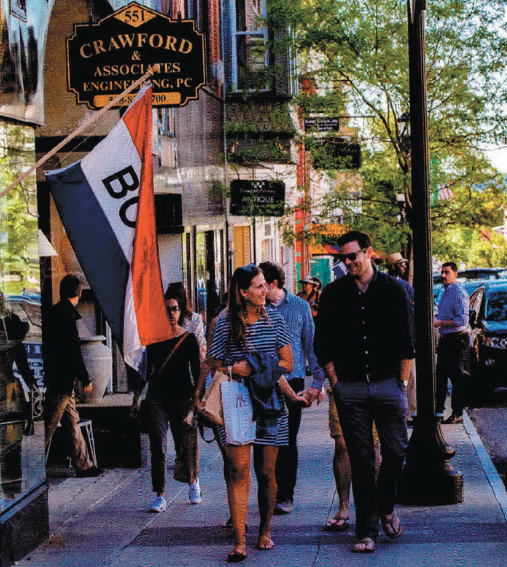
My grandmother was a renowned strategist and a patient and practical political actor. From her early adulthood, she worked alongside her father, Jacob Merrill Kaplan, to establish and run the J. M. Kaplan Fund, a philanthropic organization founded by Kaplan in 1945. Today the Kaplan Fund is a dynamic and vigorous trailblazer in the world of philanthropic grant-making, and it began to acquire this reputation during Davidson’s tenure as its president from 1977 to 1993. During this period, the fund oversaw the early advocacy of and continued support for New York City projects such as Westbeth Artists Housing, city-wide farm-to-table Greenmarkets, the South Street Seaport, the Urban Center Books store at the Municipal Art Society, parks and land conservancies, the Sacred Sites and Properties Fund of the New York Landmarks Conservancy, the Preservation League of New York State, and the renovation of the mayor’s house, Gracie Mansion, along with support for the work of the Natural Resources Defense Council, Human Rights Watch, the Nature Conservancy, and many other organizations. In 1995 Joan Davidson began Furthermore as a publication program of the J. M. Kaplan Fund. Since its creation, the program has aided more than fourteen hundred books with grants that total over $8 million.
In addition to her many public roles, she was also a wonderful and delightful grandmother. It has often been said that great persons diminish with proximity. This was not true of my grandmother. She possessed the wonderful capacity of holding a new thought or concept in her mind, scrutinizing it thoroughly, referencing it against her central ideals and values, and appraising it for its capacity to match what she saw as the social and cultural good. She was never enamored with a thing simply for its newness or fashionable appeal; all things and ideas received thorough and unapologetic scrutiny, and what was found wanting she did without.
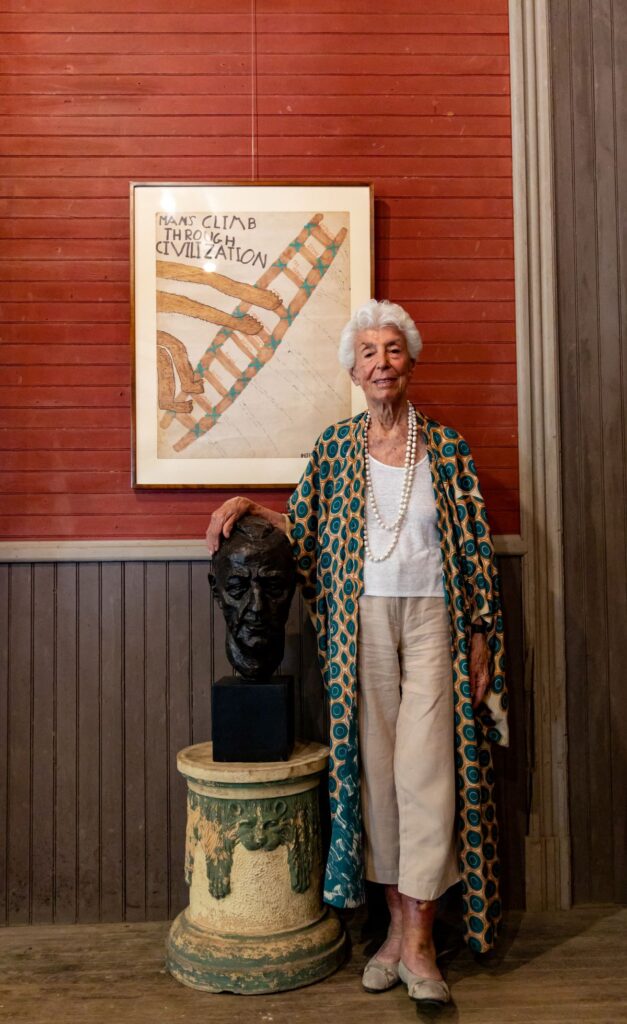
Such an intense eye was not always comfortable, but my grandmother always encouraged where she saw potential. It was from her company and the grace of her home, a Livingston family estate on the Hudson River known as Midwood, that I grew to appreciate and delight in antiques. I accompanied her on many an outing to Stair Galleries, the well-known Warren Street auction house, and countless afternoons were spent perusing the fine pieces at the shop Red Chair on Warren, one of my grandmother’s favorite haunts. It was also in her home that I first stumbled upon this magazine—indeed, stumbled upon every back issue since the 1960s, as she kept them all.
By watching my grandmother’s considered, careful, and perpetual alteration and redecoration of her home, I learned of the fun one can bring to items of great gravitas and seriousness. For example, a small tableau in one of her hallways features a fluted column topped with a revolving bust, vase, or other classically inspired objet d’art. Every few seasons a new object sat upon the column, none being allowed to grow stale. The whole would have been altogether boring, however, were it not for the column’s constant companion—a length of inexpensive, plastic ivy that decorously winds its way up from pedestal to capital. Little moments like that always made me feel like the decor was winking at me, daring me to protest the bit of fun it’s having.
Gestures like this proliferated in her style, mixing the rarified with a dash of a quiet puckishness. She had a wonderful way of making one—anyone—feel in on the joke, even when things were deadly serious. And for those causes she cared about most, things were frequently deadly serious. From her first steps onto the public stage—she was lured to Washington, DC, in the 1950s by a job offer translating Life magazine into Russian for the Voice of America—to the final years of her life, the battles over the soul of the City of New York, over environmental protection, and over national politics writ large—all raged ferociously, with few unalloyed victories. Through it all, the many setbacks, the great successes, and the tragic defeats, she maintained that most esteemed of qualities: a level head and a laughing heart that looks at both triumph and disaster the same. “What do we do next?” was her consistent rallying cry following both defeat and victory.
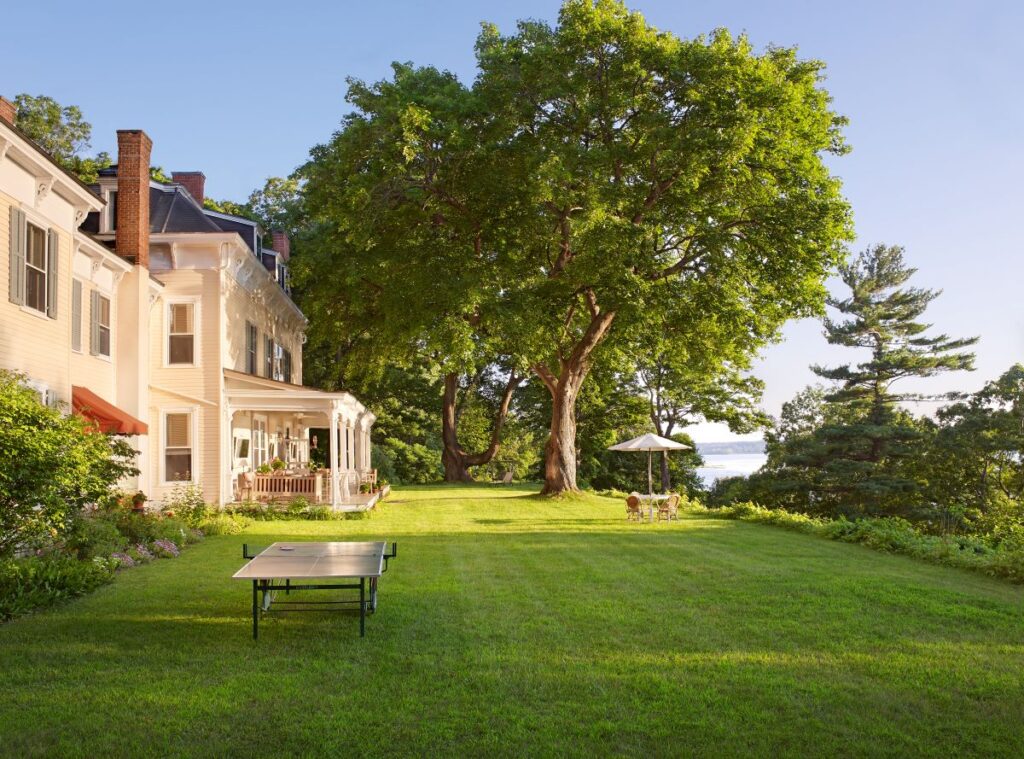
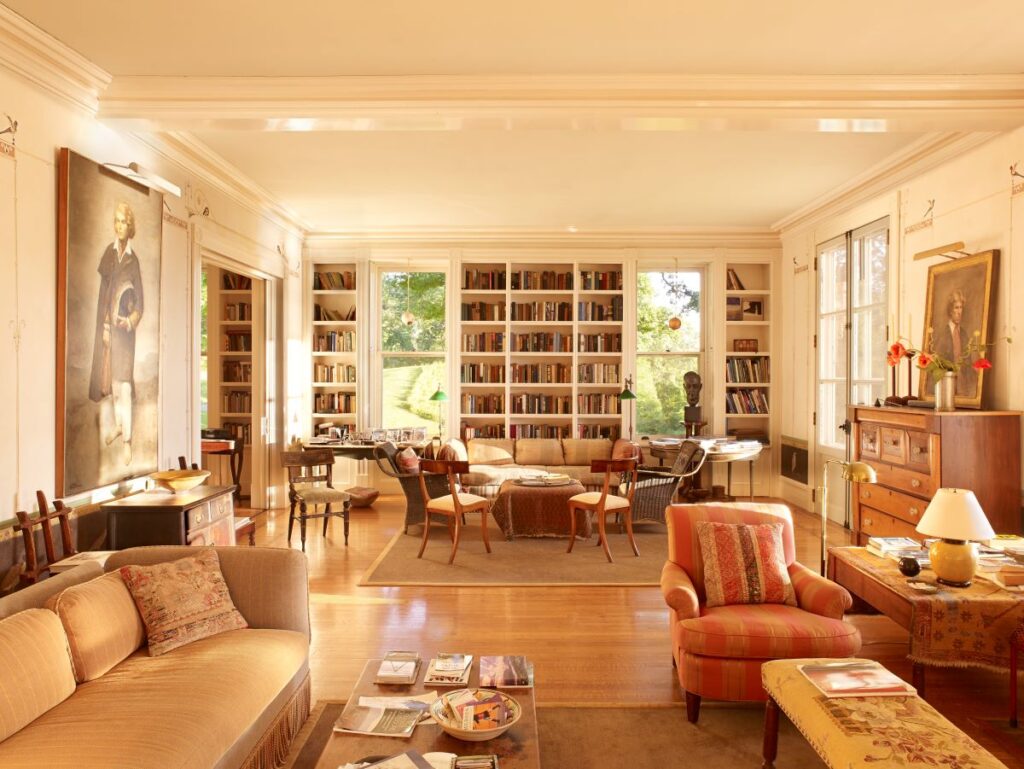
It is this spirit that I, among so many others, will miss most. Joan Davidson, to her very core, embodied the spirit of that “happy warrior” that Franklin Delano Roosevelt invoked so memorably in 1924. She and I both called ourselves New Deal Democrats, and much of my early antiquing was done in pursuit of Roosevelt memorabilia that I took great pride in presenting to her for her collection. Hers is the last generation that lived through the world before and after Roosevelt. The spirit of New Deal reformation passes with them; passes away when it is most needed to revitalize and restore the public’s faith in the age-old institutions.
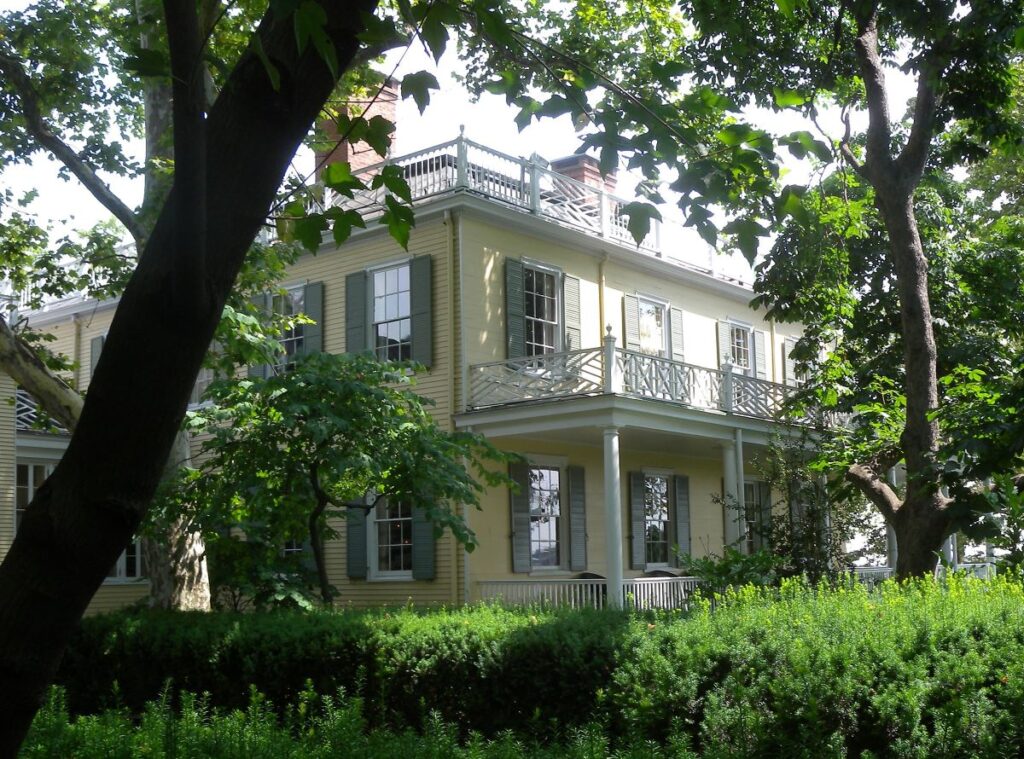
In his first inaugural, FDR lamented the leaders of his time: men who knew “only the rules of a generation of self-seekers. They have no vision, and when there is no vision, the people perish.” My grandmother was a woman of remarkable vision; a vision that could see Westbeth, Greenmarkets, and many other projects she helped to create, and which continue to benefit and beautify to this day. She had a vision of Warren Street, and what a renewed and reinvigorated Hudson could become. With her passing, her clear and constant view is taken from us, but the world she made remains, and it is a wonderful one. What was said of Christopher Wren may be said of Joan Kaplan Davidson—if you would seek her monument, look around you.

